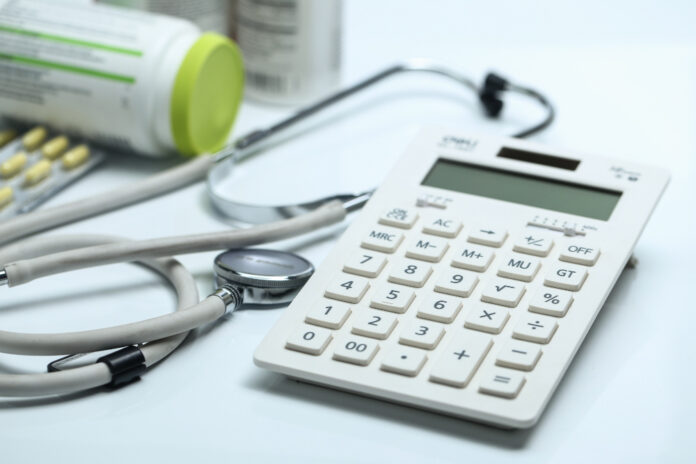An apple a day keeps the doctor away is a good rule of thumb if you want to eat better, but it doesn’t hold up as a preventative measure against medical emergencies.
Anyone could be facing down a medical expense regardless of how balanced a diet they eat. Whether you get sick or get in a car crash comes down to luck — or bad luck, such as it is!
While anyone could deal with a medical emergency down the road, not all of us are prepared to handle the enormous bills that come with them. Just seeing the doctor could cost as much as $600 if you aren’t insured, and even the insured could be feeling the crunch as copays and deductibles increase each year.
Add in specialist’s fees, lab tests, and unexpected prescriptions, and you could be left with a whopper of a bill. If it arrived tomorrow, what would you do?
Most People Can’t Afford Their Bills
Two years ago, the Federal Reserve asked people how they would pay for an unexpected emergency that costs $400 or more. Their response? Almost half (40%) would have to sell something or borrow money, as they didn’t have the savings to pay for it on their own.
Cleaning out your closet to earn some extra cash is one way to handle unexpected expenses. So is borrowing cash loans online, provided you’ll have what you need after a few paydays.
Financial institution MoneyKey recommends thinking of cash loans as a safety net. If all other options fall short, you might try MoneyKey cash loans, remembering to compare them to other online loans with monthly payments to see if they could work as your Plan B.
With Plan B out of the way, now you can focus on making a Plan A.
Support Your Medical Well-Being by Improving Your Financial Health
Although medical expenses may be unpredictable, there’s a good bet you’ll face at least one emergency in your future. That’s enough certainty to build out savings for doctor’s fees, lab tests, and unexpected medication just in case.
Setting aside any money at all is a good idea — even if you can only afford $10 a month at first. Put whatever you can save in a separate savings account. For an extra punch, research the highest interest rate you can get. This will help you earn more money on top of your contributions.
Next, you’ll want to sit down with your budget to see what you can cut to boost your medical savings.
How much you’ll need to sacrifice is personal. It depends on your work security, risk tolerance, and expected medical costs.
Unfortunately, even after all this work, your savings might not cut it. You might still fall short even if you take out cash loans online.
That’s why it’s crucial you get health insurance. Shop around for the best coverage and premiums, ask your boss if you get insured through work, and look into your budget to see how you can free up more cash to put toward this expense.
Bottom Line
One study shows one in four Americans forgo medical care (including vaccinations, checkups, and medications) due to its prohibitive cost. Pushing out essential medical care might shelter your wallet at first, but it could wind up costing you more in the long run if your health gets worse. So, figuring out your budget situation can help you get treatment right away.






















